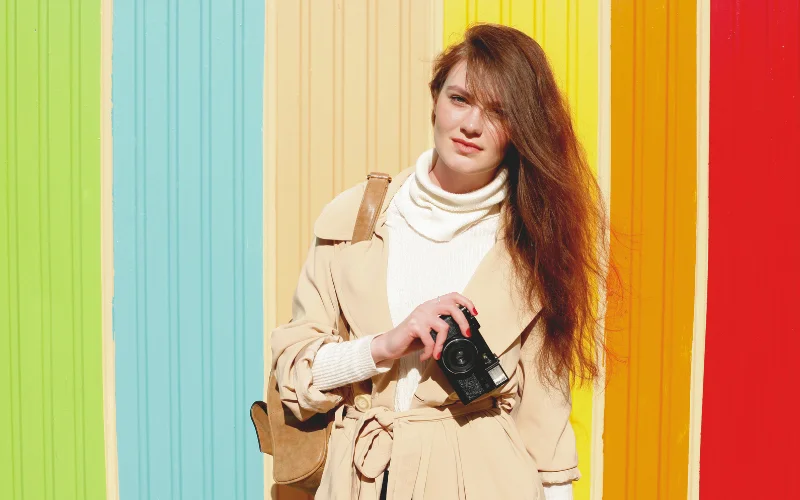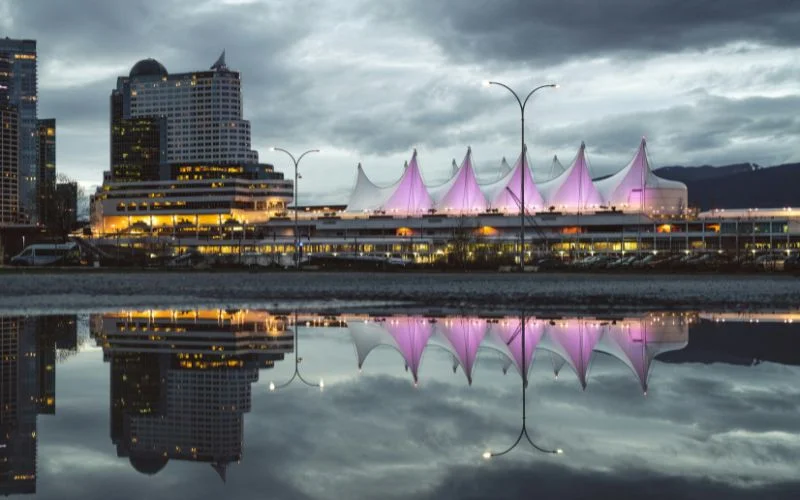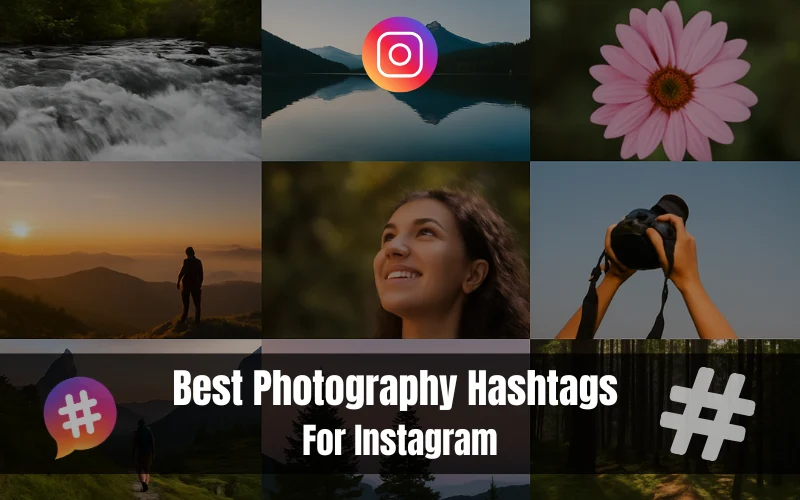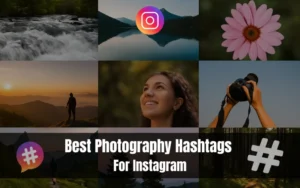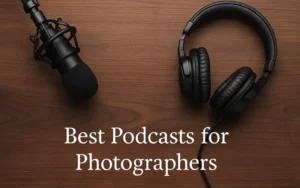Photography isn’t limited to weddings, landscapes, or portraits; it’s an art form bursting with countless genres waiting to be explored. You might be amazed at the sheer variety of creative possibilities photography offers! Are you ready to explore the different types of photography and kick-start a new career behind the lens? Dive in right here.
This guide walks you through the most popular photography styles, from Abstract to Wildlife and everything in between. Discover how photographers worldwide turn their passion into a profession, creating stunning art and earning a living.
Next time you grab your camera, explore this list of types of photography and challenge yourself with fresh, exciting photography genres and types of photography. Who knows? One of these could spark your next creative passion!
Table Of Contents – Types Of Photography
- Abstract Photography Genre
- Conceptual Photography
- Fine Art Photography Genre
- Minimalist Photography Genre
- Surreal Photography
- Wildlife Photography Genre
- Landscape Photography
- Seascape Photography
- Aerial Photography Genre
- Astrophotography
- Macro Photography Genre
- Portrait Photography
- Street Photography
- Documentary Photography Genre
- Photojournalism
- Event Photography
- Travel Photography
- Lifestyle Photography Genre
- Fashion Photography
- Product Photography
- Food Photography
- Real Estate Photography
- Advertising Photography
- Corporate Photography
- Sports Photography
- Architectural Photography
- Underwater Photography
- Medical and Scientific Photography
- Forensic Photography Genre
- Drone Photography
- Cultural Photography
- Historical or Heritage Photography
- Editorial Photography
- Tilt-Shift Photography
- Time-Lapse Photography
- Cinemagraph Photography
- HDR Photography Genre
- Smartphone Photography Genre
- Wedding Photography
- Maternity and Newborn Photography
- Graduation Photography Genre
- Adventure Photography Genre
- Black and White Photography
- Vintage/Retro Types Of Photography
- Night Photography
- Motion Blur Photography
- Conclusion – Types Of Photography
Abstract Photography Genre

Abstract photography, also called non-objective or conceptual photography, captures images that break away from traditional reality. Instead of showing clear subjects or scenes, it highlights shapes, colors, textures, patterns, and compositions to spark emotions, thoughts, or curiosity.
Conceptual Photography

Conceptual photography focuses on ideas rather than specific subjects. You start with a story or concept and use your camera and creative software to bring your vision to life.
Visual artists create conceptual photos as a form of fine art, going beyond documentation to express their ideas or using digital tools to craft an image instead of just capturing it.
Fine Art Photography Genre

Fine art photography is all about creativity and imagination. Photographers create photos that look beautiful and tell a story, not just to show what’s in front of the camera.
They focus on how the photo feels and what it says, using light, angles, and editing to make something special. Instead of just capturing a moment, they turn it into a work of art that shares their unique ideas and emotions.
Also, check out How Big Is A 4×6 Photo
Minimalist Photography Genre
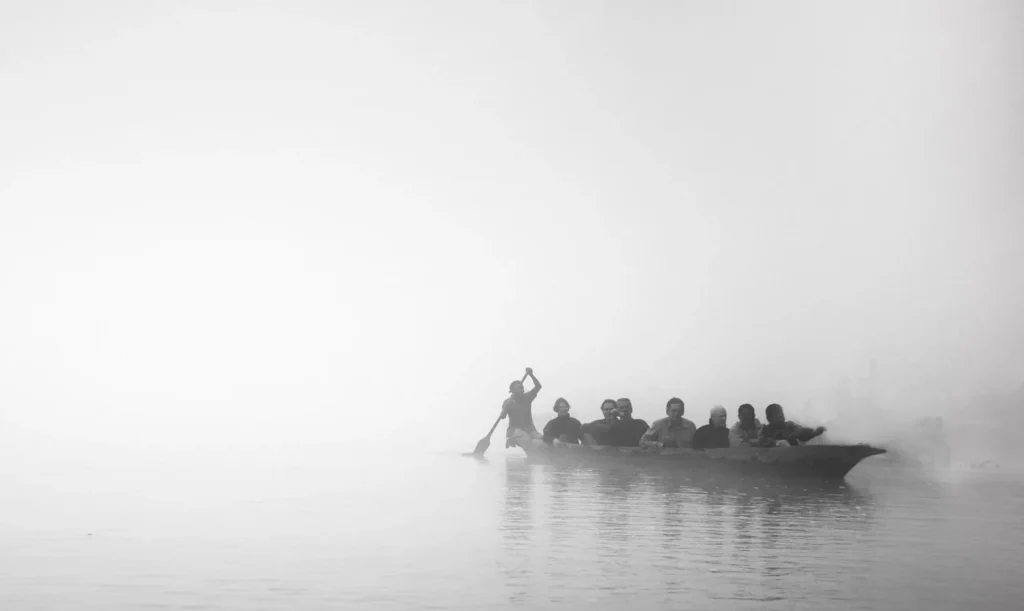
Minimalist photography focuses on simplicity to create powerful and beautiful images. Many photographers use this style to highlight clean lines, empty spaces, and simple shapes.
Keeping things simple and removing extra details ensures the most essential photo parts stand out. This style works well for pictures of buildings, objects, or landscapes, telling a clear and meaningful story with just a few elements.
Surreal Photography
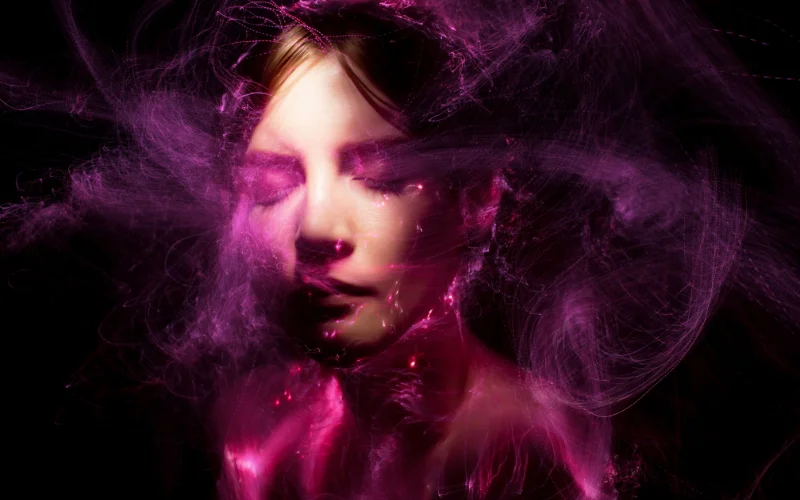
Surreal photography transforms ordinary scenes into imaginative, dreamlike visuals. This creative photography style often involves blending reality with fantasy using digital manipulation, double exposure, and optical illusions.
Surreal photographers may also use props, unique lighting, or unexpected compositions to challenge viewers’ perceptions. For example, a photo might show a person floating in mid-air or objects merging in impossible ways, creating a sense of wonder and curiosity.
Wildlife Photography Genre
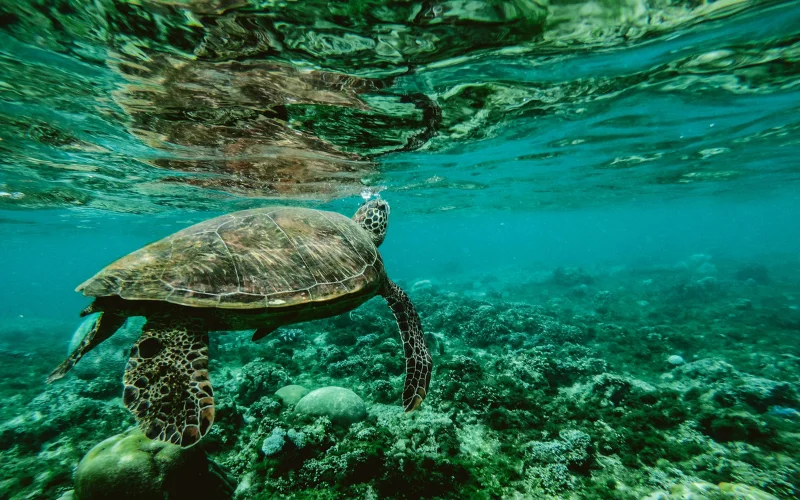
Wildlife photography captures animals in their natural environments, showcasing their behavior, beauty, and interactions with their surroundings. From documenting the migration of wildebeests to capturing a rare bird in flight, this genre requires patience, sharp reflexes, and the right equipment, such as telephoto lenses.
Wildlife photographers often travel to remote locations and face unpredictable challenges, like changing weather or elusive subjects, making it both an adventurous and rewarding field.
Landscape Photography
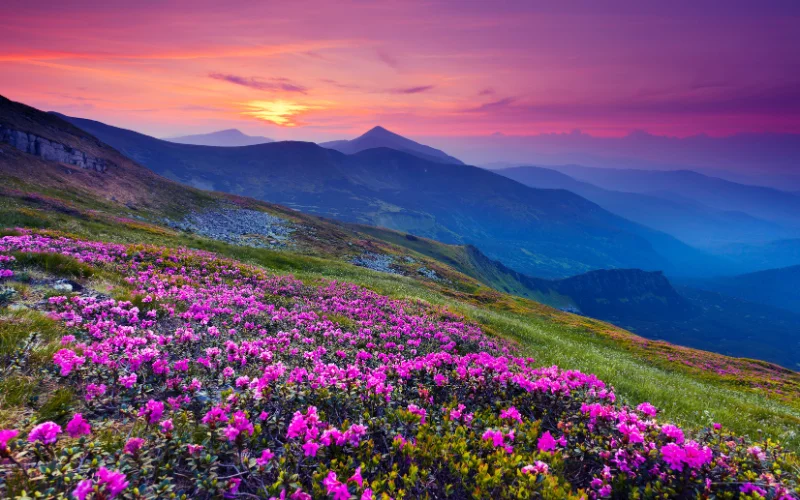
Landscape photography celebrates the grandeur of nature. This genre captures vast mountain ranges, serene valleys, and picturesque sunsets, emphasizing the textures and colors of the natural world.
Photographers create depth and mood in their shots by experimenting with wide-angle lenses, filters, and lighting conditions. Landscape photography often involves hiking to scenic spots, waiting for the perfect light, or using long exposure to capture smooth waterfalls or flowing clouds.
Seascape Photography

Seascape photography focuses on oceans, beaches, and coastal environments, highlighting their ever-changing moods. Whether capturing crashing waves or tranquil sunsets, seascape photographers use long exposure to create serene water effects or high shutter speeds to freeze motion.
These photography styles include elements like rocks, boats, or reflections in the composition, adding interest and balance to the image and connecting viewers to the water’s energy.
Aerial Photography Genre
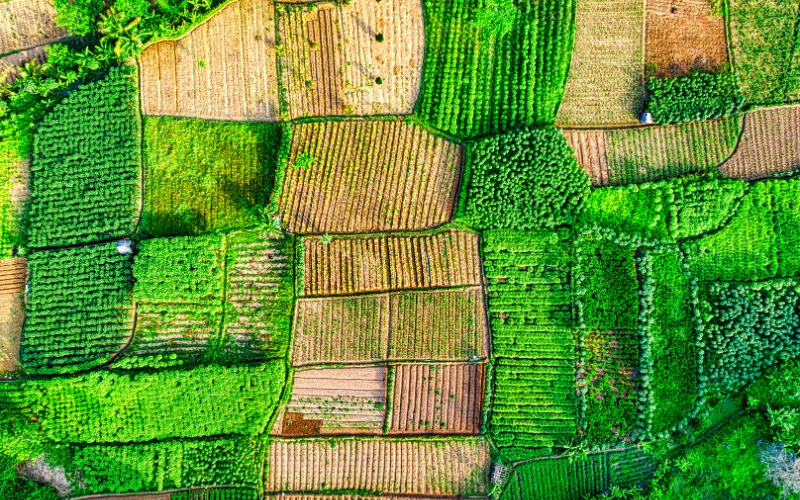
Aerial photography provides a unique perspective by capturing images from above. Drones have revolutionized this genre, making it accessible to many photographers. Aerial shots often highlight patterns, symmetry, and scale, like sprawling cityscapes, agricultural fields, or winding rivers.
For impactful results, aerial photographers carefully plan their angles, lighting, and framing, whether they’re shooting urban skylines or untouched landscapes.
Astrophotography

Astrophotography unveils the wonders of the night sky. From the Milky Way and distant galaxies to star trails and meteor showers, this type of photography requires specialized equipment like telescopes or wide-angle lenses and advanced techniques such as long exposure.
Photographers often venture to remote, dark-sky locations to avoid light pollution. Astrophotography not only captures breathtaking visuals but also connects people to the vastness of the universe.
Macro Photography Genre

Macro photography reveals the intricate details of tiny subjects like insects, flowers, or even water droplets. Photographers use specialized macro lenses or extension tubes to achieve high magnification levels, showcasing textures and patterns invisible to the naked eye.
This type of photography demands precision and control over the depth of field, as even the slightest movement can blur the image. Macro photography invites viewers to appreciate the beauty of the small and overlooked.
Portrait Photography

Portrait photography centers on capturing the personality, mood, and expressions of individuals or groups. Whether it’s a professional headshot, a candid family photo, or an artistic composition, this genre focuses on lighting, posing, and connection.
Photographers often experiment with different backdrops, props, or angles to reveal the subject’s essence. An intense portrait tells a story and connects the viewer with the subject.
Street Photography
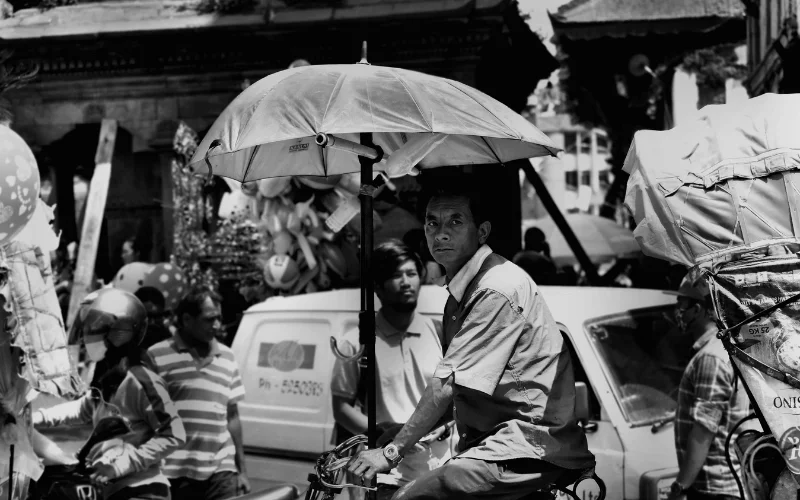
Street photography documents everyday life and candid moments in urban or rural settings. This type of photography thrives on spontaneity, capturing raw, unscripted interactions or fleeting details like shadows, reflections, or patterns.
Street photographers often use compact cameras or smartphones for discreet shooting and rely on keen observation to find compelling scenes. The resulting images tell stories about culture, people, and the rhythm of life.
Documentary Photography Genre
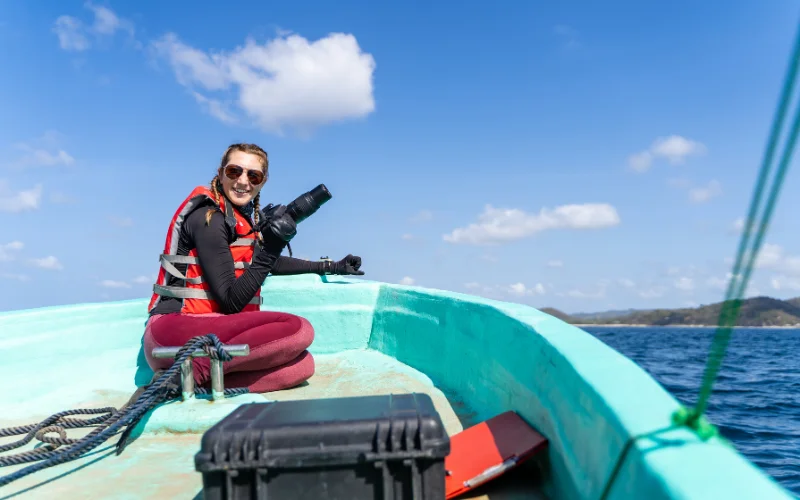
Documentary photography focuses on telling real-life stories through compelling imagery. Often used to shed light on social issues, historical events, or cultural traditions, this genre requires a strong narrative vision.
Photographers may spend months or years following a subject or community, capturing images that evoke empathy and understanding. Black-and-white images are often favored for their timeless, raw appeal in documentary work.
Photojournalism
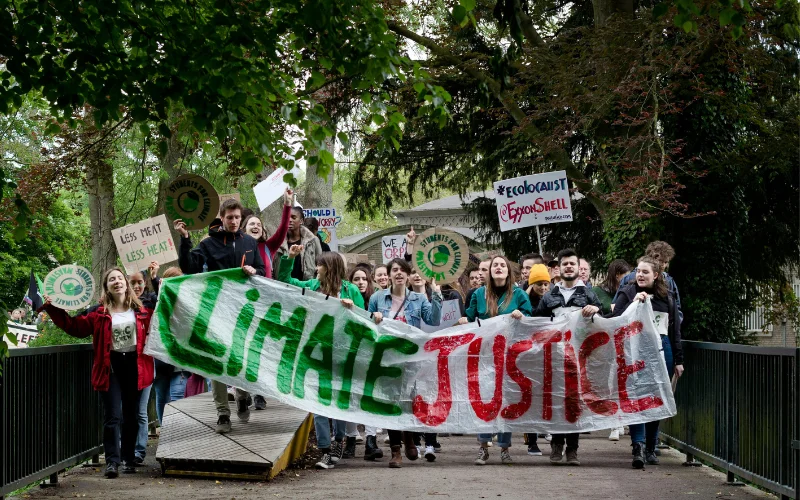
Photojournalism blends photography with storytelling, often for newspapers, magazines, or online news platforms. It captures significant moments, such as protests, natural disasters, or cultural celebrations, offering an unfiltered worldview.
A good photojournalist must act quickly to document scenes as they unfold while maintaining accuracy and integrity. This type of photography often evokes strong emotions, connecting viewers to real-world events through powerful, truthful imagery.
Event Photography

This type of photography captures special occasions, from weddings and birthday parties to corporate conferences and music festivals. Event photographers aim to document key moments while highlighting the atmosphere and energy.
They must balance posed shots with candid ones, paying close attention to details like lighting, composition, and expressions. These images serve as lasting memories for the attendees and often require quick reflexes and excellent interpersonal skills.
Travel Photography
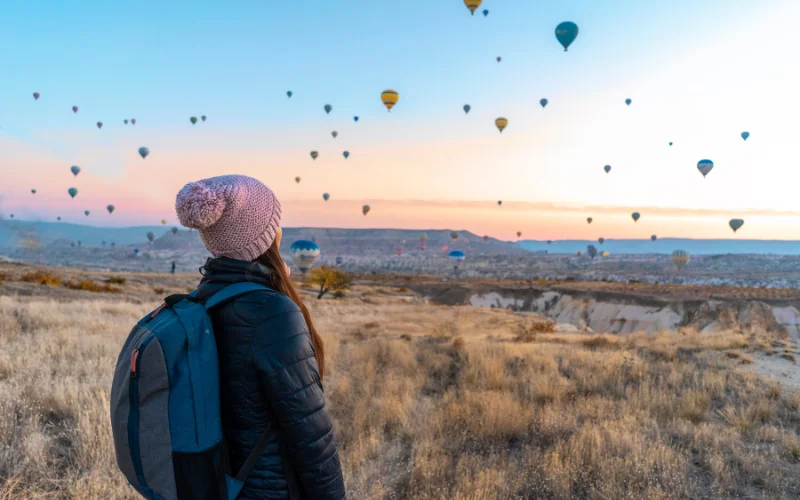
Travel photography captures the essence of a destination, showcasing its landscapes, architecture, people, and culture. This genre goes beyond just taking scenic shots; it tells a story about the unique character of a place.
Travel photographers often work with a mix of wide-angle shots for expansive views and close-ups to highlight intricate details. These types of photography combine artistic creativity with storytelling, inspiring others to explore the world.
Lifestyle Photography Genre

Lifestyle photography depicts everyday moments in a natural yet visually appealing way. This style focuses on authentic interactions, such as family cooking, friends enjoying a picnic, or someone engrossed in a hobby.
Lighting, location, and composition are crucial in creating relatable yet polished images. Lifestyle photography is popular for branding, social media, and personal storytelling because it balances reality and art.
Fashion Photography

Fashion photography highlights clothing, accessories, and beauty, often featuring professional models in dramatic or stylized settings. This genre thrives in high-energy environments like runway shows, editorial shoots, and advertising campaigns.
Photographers experiment with creative poses, lighting setups, and backdrops to make designs stand out. Fashion photography showcases trends and sets them, blending art with commerce.
Product Photography

Product photography emphasizes items for promotional purposes, from e-commerce listings to advertising campaigns. This genre demands attention to detail, ensuring the product looks flawless and appealing.
Photographers often use controlled lighting, neutral backgrounds, and macro lenses to highlight textures, colors, and unique features. For creative shots, they might incorporate props or dramatic lighting to showcase the product in context.
Food Photography

Food photography makes meals look as delicious as they taste. Photographers often use natural lighting and carefully styled props, such as utensils, napkins, or ingredients, to create inviting compositions.
Angles are crucial in this genre. Overhead shots highlight plating, while side angles emphasize layers or textures. Food photography is a favorite in cookbooks, blogs, and social media, where enticing visuals grab attention.
Real Estate Photography
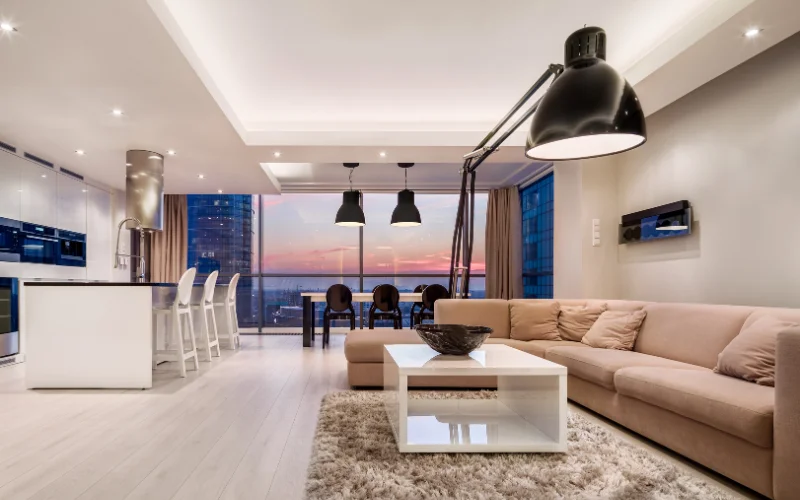
Real estate photography showcases properties in their best light, helping buyers visualize their potential. Wide-angle lenses and high-quality lighting are essential for capturing spaciousness and architectural details.
Exterior shots highlight curb appeal, while interior shots emphasize layout and design. This genre often requires retouching to enhance colors, correct distortions, or add virtual staging to make listings stand out.
Advertising Photography
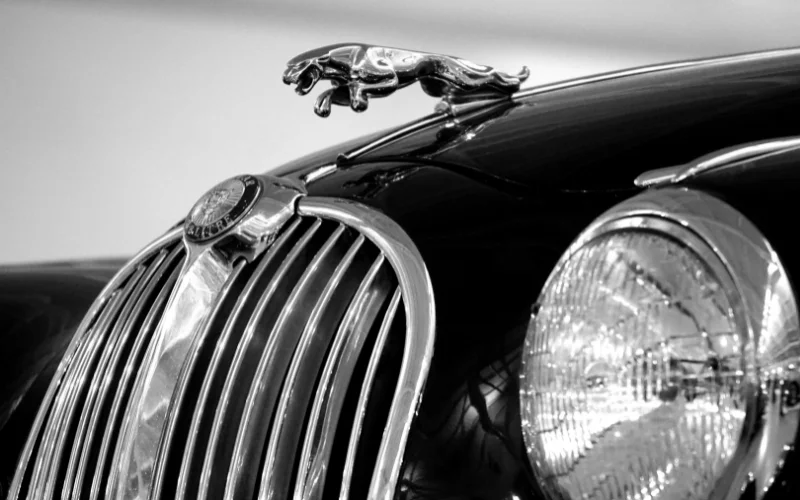
Advertising photography aims to sell products, services, or ideas by creating visually compelling images. This genre often incorporates creative concepts, dramatic lighting, and meticulous styling to grab attention.
Photographers collaborate with marketing teams to align visuals with brand messaging. Whether a sleek car on a winding road or a refreshing drink by the pool, advertising photography connects with viewers emotionally.
Corporate Photography

Corporate photography focuses on professional imagery for businesses, including polished headshots, team photos, and event coverage. The goal is to represent the company’s brand and culture through clean, polished visuals.
Photographers often use consistent lighting and neutral backgrounds for headshots and work in dynamic environments to capture team interactions. This type of photography is essential for websites, annual reports, and promotional materials.
Sports Photography

This type of photography captures athletic events full of energy, intensity, and emotions. Sports photographers use fast shutter speeds and telephoto lenses to freeze moments of action like a soccer player scoring a goal or a gymnast mid-flip.
This genre demands quick reflexes and knowledge of the sport to anticipate key moments. Sports photography celebrates athleticism and brings fans closer to the action.
Architectural Photography

Architectural photography highlights the design, structure, and beauty of buildings and other constructed environments. Photographers use perspective correction and dramatic lighting to emphasize lines, textures, and symmetry.
This genre includes exteriors like skyscrapers and historic landmarks and interiors like modern office spaces or ornate cathedrals.
Underwater Photography
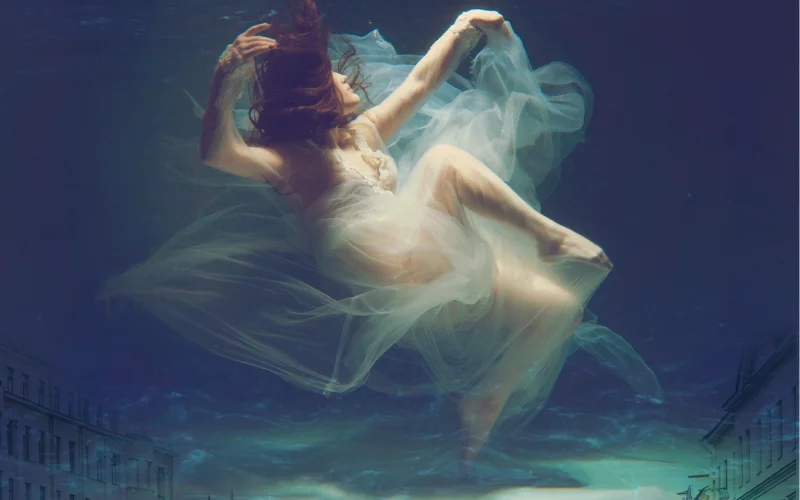
Underwater photography takes viewers into a hidden world beneath the surface, showcasing marine life, coral reefs, and other aquatic scenes. This genre requires specialized waterproof equipment, such as underwater housings and strobes, to handle challenging lighting conditions and water pressure.
Capturing clear, vibrant images underwater demands skillful use of natural light or artificial sources to overcome the diffusing effects of water. Divers and underwater photographers often need training in marine safety and photography techniques, making this genre both technical and adventurous.
Medical and Scientific Photography

Medical and scientific photography documents experiments, procedures, and biological phenomena for research, education, or diagnosis. This genre requires precision, as the images must accurately represent subjects like cells under a microscope, surgical techniques, or anatomical models.
Photographers often use high-resolution cameras, specialized lenses, and controlled lighting to ensure clarity. Their work supports advancements in healthcare and science by creating visuals that enhance understanding and communication.
Forensic Photography Genre

Forensic photography captures crime scenes, evidence, and injuries to aid legal investigations. This genre emphasizes accuracy and detail, as the images must be admissible in court.
Photographers use techniques like macro photography for close-ups of evidence, wide shots to document entire scenes, and careful lighting to highlight details without altering the subject’s appearance.
Forensic photographers play a crucial role in criminal justice by preserving scenes for analysis and presentation.
Drone Photography
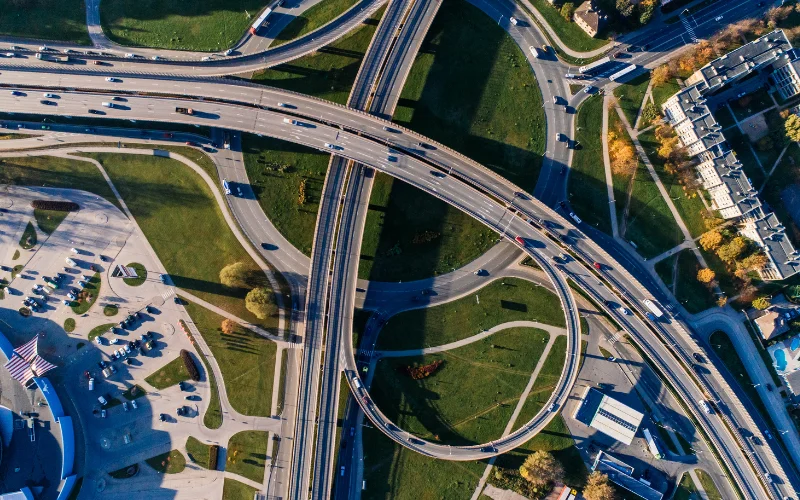
Drone photography revolutionizes how we view the world, offering aerial perspectives without needing helicopters or planes. Drones capture stunning images of landscapes, cityscapes, or events from unique angles.
This genre requires skillful piloting, an understanding of composition, and local regulations. Drone photography is popular for real estate, advertising, and creative projects, as it combines technology with artistic expression to produce captivating visuals.
Cultural Photography
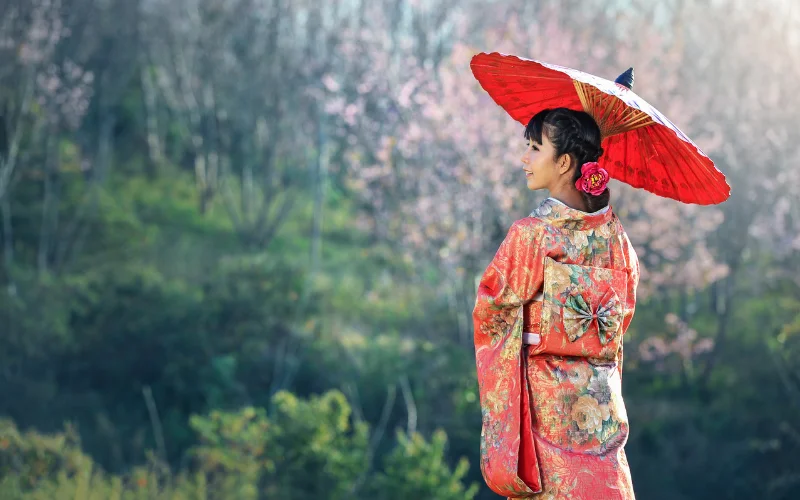
Cultural photography celebrates the traditions, rituals, and daily lives of people from diverse communities. This genre often involves immersive travel, where photographers connect with locals to capture authentic moments.
Whether documenting vibrant festivals, religious ceremonies, or everyday activities, cultural photography tells stories about heritage and human connection. These images foster understanding and appreciation of different ways of life.
Historical or Heritage Photography
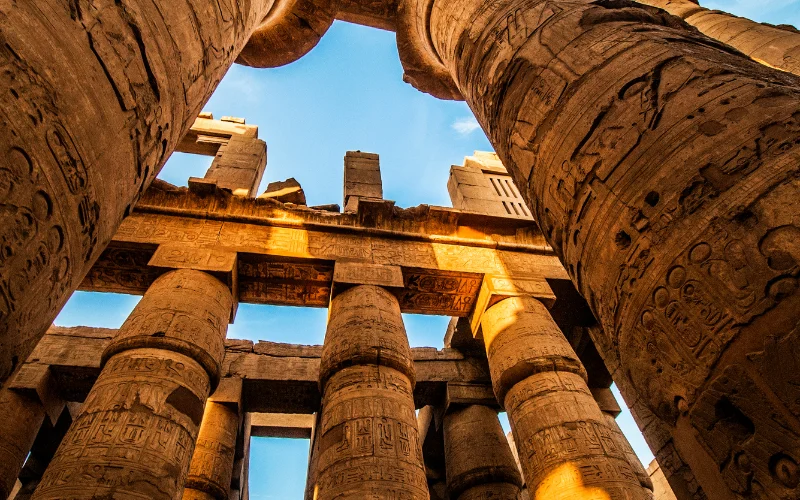
Historical photography focuses on preserving landmarks, artifacts, and cultural practices that hold historical significance. Photographers often collaborate with museums, archives, or cultural organizations to document and preserve history.
This genre combines technical expertise with storytelling, ensuring future generations can appreciate and learn from the past. Black-and-white or sepia tones are sometimes used to enhance the nostalgic feel of these images.
Editorial Photography
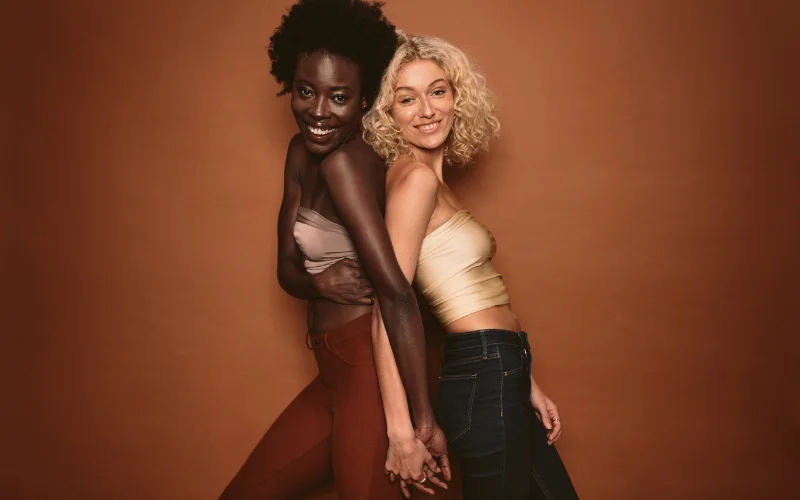
Editorial photography accompanies written content in magazines, newspapers, or online articles. These images align with the theme or message of the text, enhancing its visual appeal.
Editorial photographers often have the creative freedom to experiment with compositions and styles, from dramatic portraits to conceptual setups. This genre bridges the gap between storytelling and artistry, making the visuals as compelling as the story.
Tilt-Shift Photography

Tilt-shift photography uses special lenses to manipulate focus and perspective, creating a miniature effect where real-world scenes appear like tiny models. This unique style is often used in architecture, beautiful cityscapes, and creative projects.
Photographers carefully position their lenses and subjects to achieve the desired effect, making this technique a blend of technical skill and artistic vision.
Time-Lapse Photography
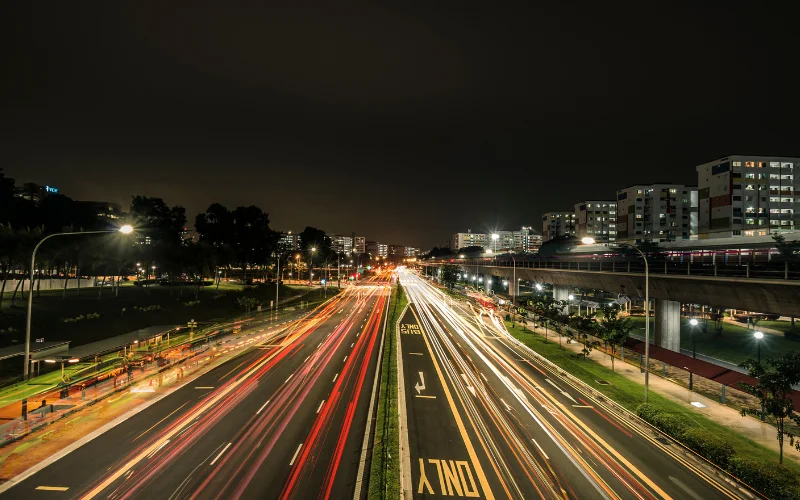
Time-lapse photography compresses hours or days into seconds, revealing changes over time, like blooming flowers, moving clouds, or bustling cityscapes. Photographers take hundreds or thousands of images regularly and compile them into a video.
This genre requires patience, planning, and an understanding of light and motion. The results are mesmerizing and often provide new perspectives on everyday phenomena.
Cinemagraph Photography

This type of photography blurs the line between still images and videos by adding subtle motion to a static scene, like flowing water or flickering flames. This technique creates a seamless loop, producing eye-catching visuals perfect for advertising or social media.
Cinemagraphs capture attention with their unique combination of stillness and movement, making them highly engaging. These kinds of unique photography niches are rarely pursued.
HDR Photography Genre

HDR (High Dynamic Range) photography combines multiple exposures of the same scene to create an image with balanced highlights and shadows. This technique benefits high-contrast scenes, like sunsets or dimly lit interiors.
Photographers use software to merge exposures, enhancing details and colors that might otherwise be lost. HDR photography adds depth and vibrancy to images, making them visually striking.
Smartphone Photography Genre

Smartphone photography proves that creativity isn’t limited by gear. With advances in camera technology and editing apps, smartphones can capture high-quality images on the go. This genre encourages experimentation with perspectives, lighting, and post-processing.
Whether shooting candid moments or artistic compositions, smartphone photography democratizes creativity, making it accessible to everyone.
Wedding Photography
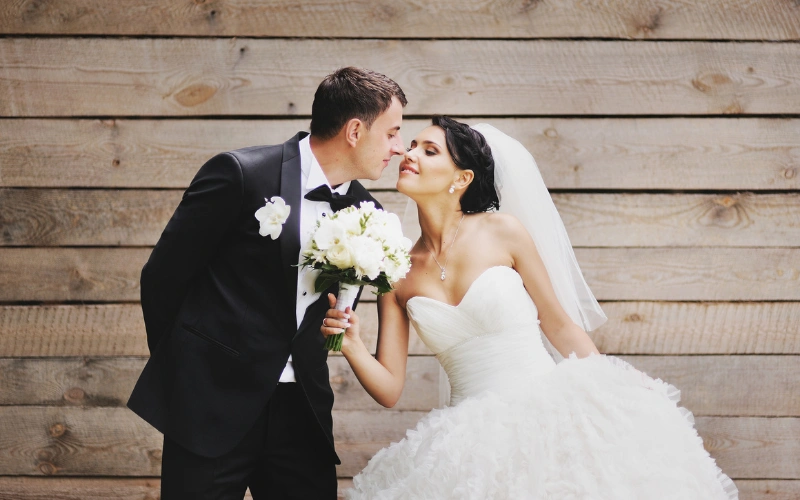
Wedding photography captures one of the most significant days in a couple’s life. From emotional vows and first dances to candid smiles and intricate details, this genre tells a story of love and celebration.
Wedding photographers must balance technical skills with emotional awareness, ensuring they don’t miss key moments. Their images become cherished keepsakes that couples treasure forever.
Maternity and Newborn Photography

This type of photography celebrates the beauty of parenthood and new life. Maternity sessions highlight the mother’s bond with her baby through soft lighting and elegant poses. Newborn photography captures the innocence and fragility of babies, often incorporating props like blankets or baskets.
This type of photography genre requires patience and a gentle approach to ensure comfort for both the subjects and the parents.
Graduation Photography Genre

Graduation photography marks a milestone in a person’s life, capturing their pride and joy. These sessions often feature cap-and-gown portraits, celebratory group shots, and candid moments with friends or family.
Graduation photographers aim to highlight the graduate’s individuality, all while commemorating their achievements through creative poses and backdrops. Furthermore, these types of photography styles seek to capture the essence of each student’s personality, thereby ensuring that every photograph tells a unique story.
Adventure Photography Genre
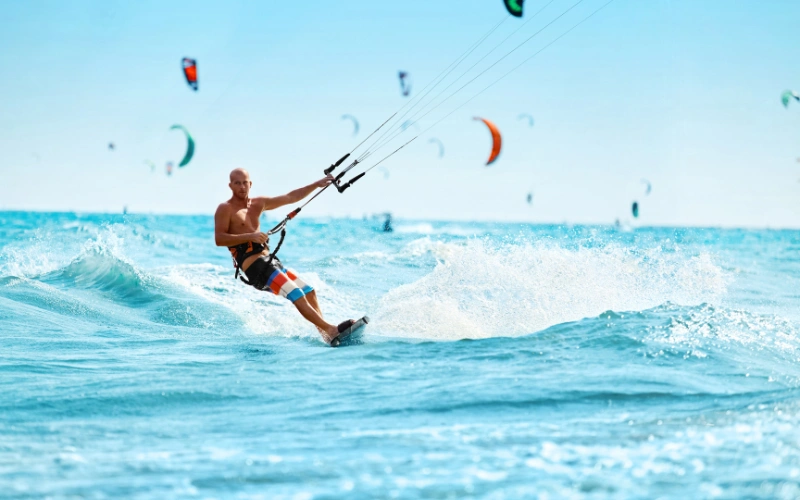
Adventure photography captures the thrill and excitement of outdoor activities like rock climbing, surfing, or trekking. Photographers often accompany adventurers to remote or challenging locations and use dynamic angles to focus on movement and energy.
These types of photography combine travel and sports photography elements, showcasing the beauty of nature and the spirit of exploration.
Black and White Photography

Black-and-white photography strips away color, focusing on contrast, texture, and emotion. This timeless style emphasizes light and shadow by removing distractions and creating dramatic and artistic images.
Black-and-white photography works well for portraits, landscapes, and abstract compositions, offering a classic, elegant look.
Vintage/Retro Types Of Photography

Vintage photography recreates the aesthetics of past eras, using muted tones, grainy textures, and sepia filters. Photographers achieve this look through styling, props, and post-processing techniques.
These types of photography genre evoke nostalgia and charm, making them popular for themed shoots, advertisements, and social media content.
Night Photography

Night photography showcases scenes illuminated by moonlight, stars, or artificial lighting. Photographers often use long exposure techniques to capture low-light details, like glowing cityscapes or star trails.
These types of photography genres require a steady tripod and an understanding of settings like ISO, shutter speed, and aperture to create stunning images in the dark.
Motion Blur Photography

Motion blur photography captures movement by intentionally blurring parts of the image. This effect can emphasize speed, direction, or energy, making it ideal for sports, traffic, or creative compositions.
Photographers use slow shutter speeds and steady cameras to control the blur, creating dynamic, artistic images in these types of photography.
Conclusion – Types Of Photography
This covers some types of photography that one might pursue. Choosing a niche as you enter this industry to focus on skilling up on specific techniques is a good idea.
As the techniques, equipment, and creative photography styles differ for each type of photography, it is best to try a few types that might interest you and gain expertise.
Did you like this post? Check out more amazing photography ideas and tips on our blog.
